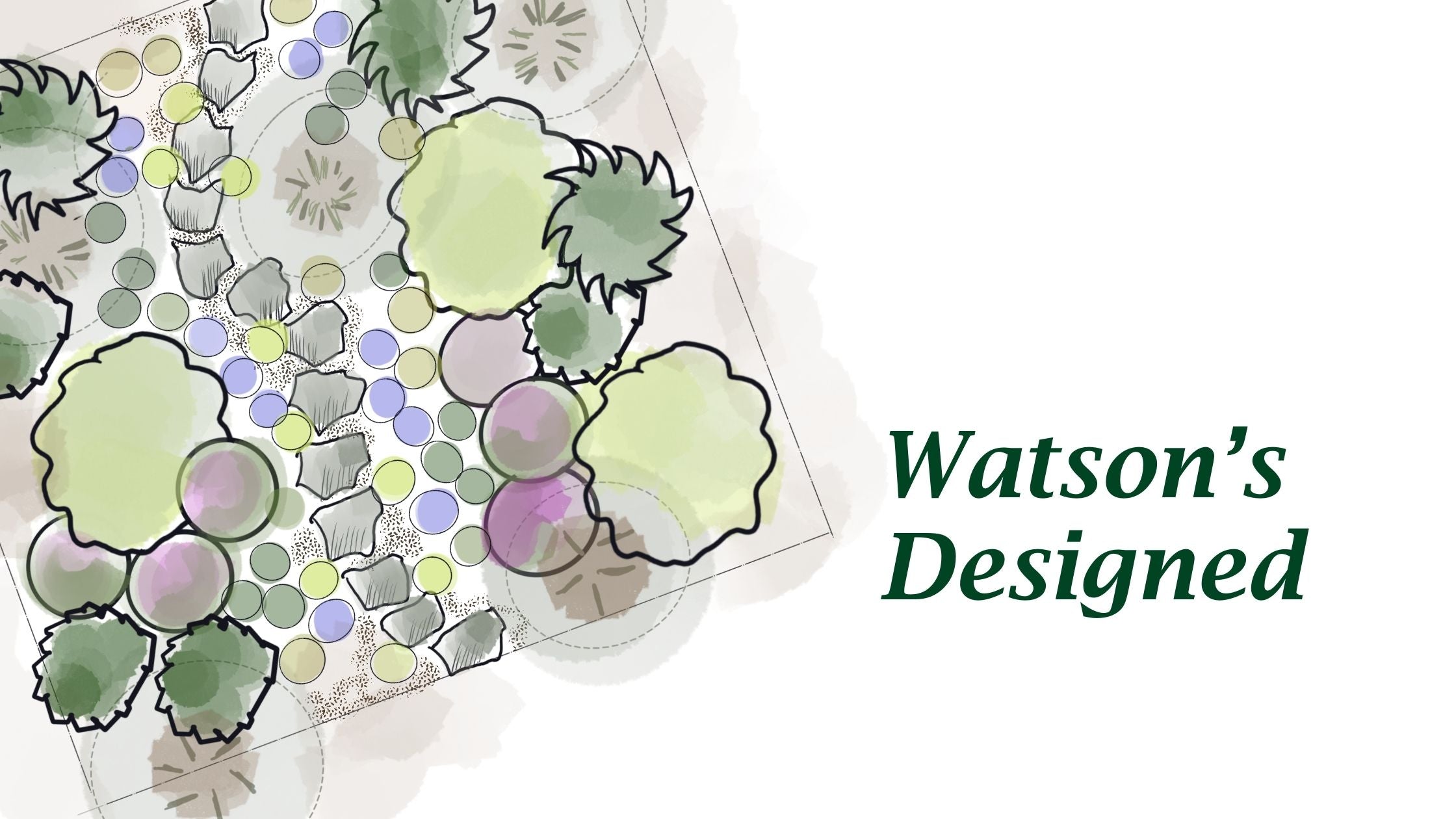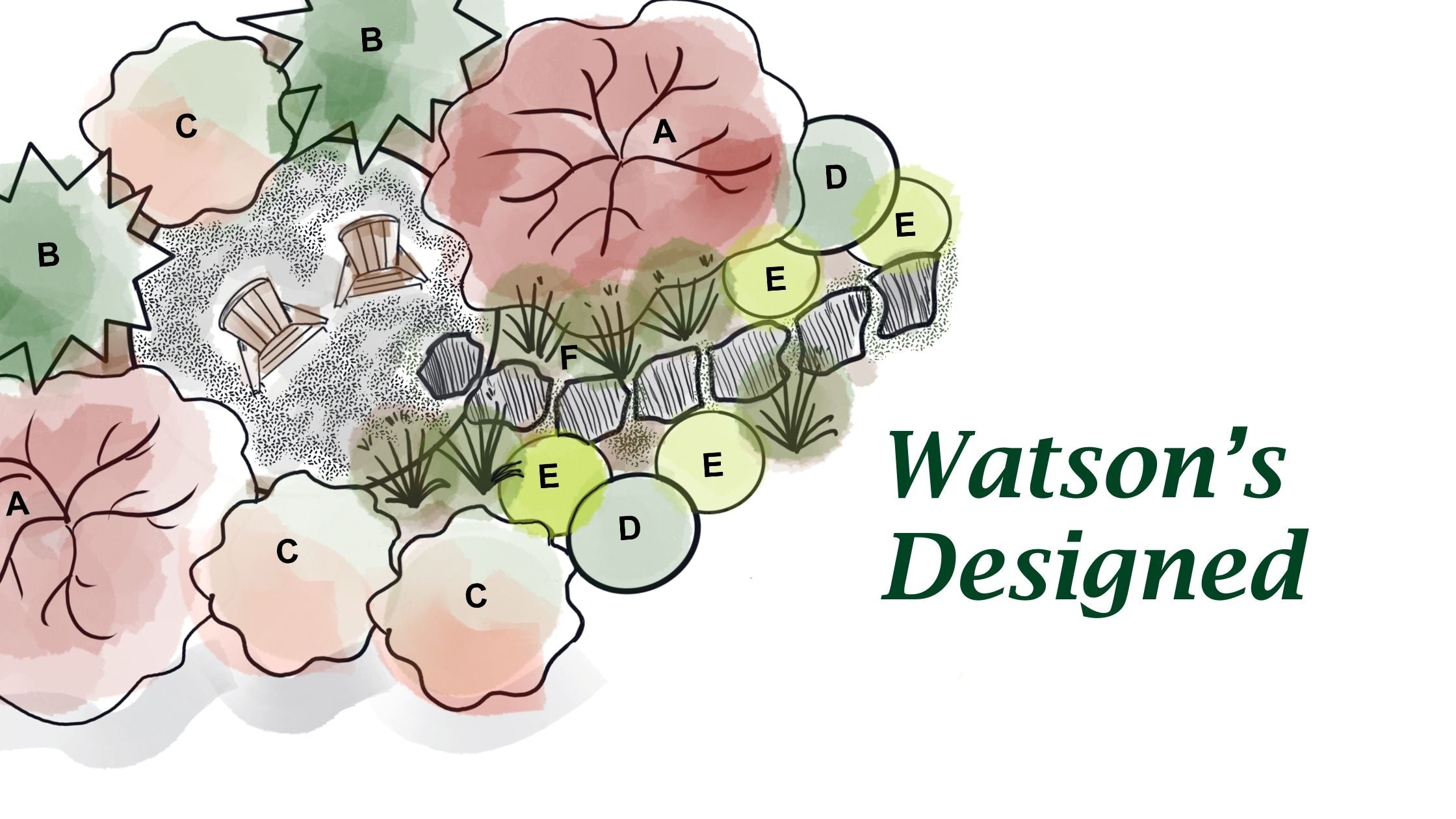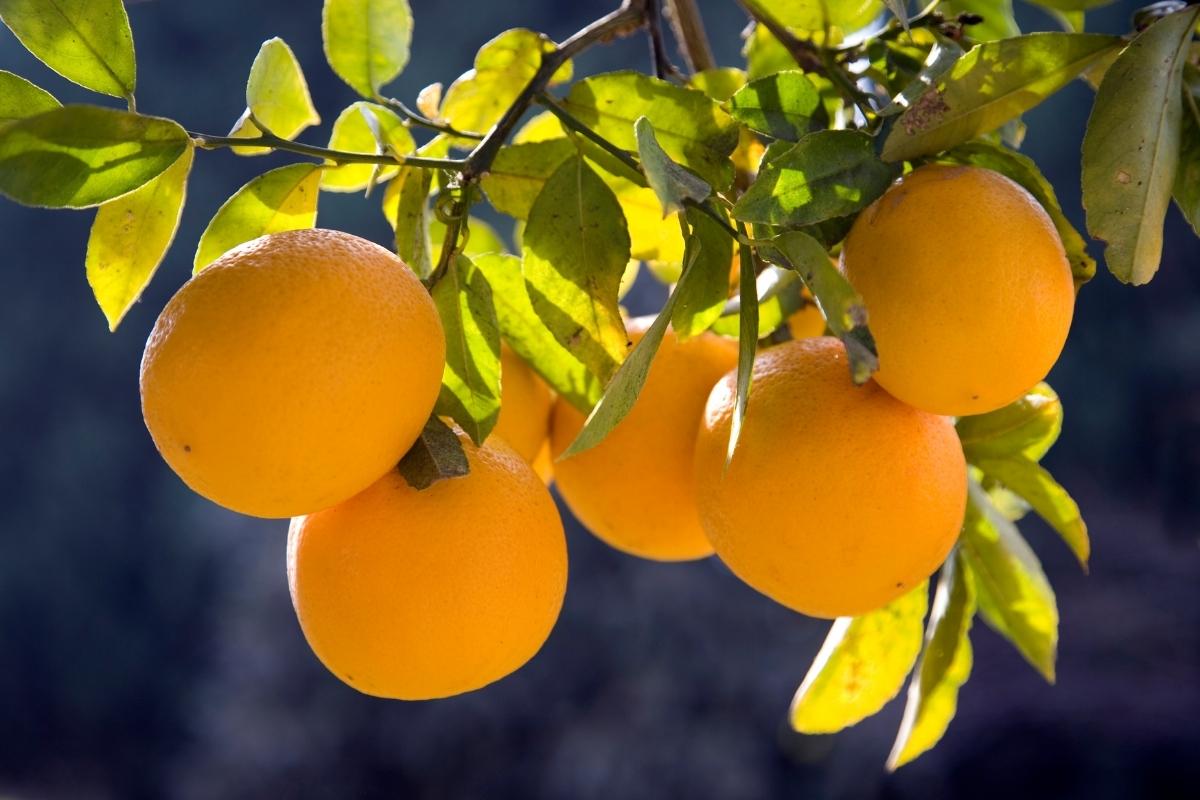Your Guide to Growing and Harvesting Peppers
Learn About Growing & Harvesting Peppers with Maria Bertucci

|
Types of Peppers:
Peppers are another beloved summer garden staple that is grown very similarly to tomatoes once the danger of frost is past. The varieties available to us these days are stunning, in number, flavor, beauty, vigor and heat! New breeding has created ever spicier types and competitions to survive eating them but even if you can’t handle the heat of hot peppers, there are many mild and flavorful kinds to try.
The Bell pepper is the classic mild pepper to grow but not as productive as the smaller kinds in the north. I grow a heatless jalapeno, banana peppers, a paprika type called “Lipstick” and cherry peppers for stuffing and eating whole. Whether you are growing hot peppers or sweet, be sure to choose varieties that are early to produce for best success.
Seeding Peppers:
Peppers are naturally a slow growing plant and benefit from being started very early and grown inside until the danger of frost is past and the soil is warm. They are easily grown from seed and can be started very similarly to your tomato plants—they like high light, warm temps and bottom heat to germinate. They like a bit less water than tomatoes and should be let to dry the top inch of their soil before watering. Starting them off in a 4 inch pot rather than packs to begin with saves transplanting during the indoor growing season and helps the pepper plant to really take off once in the ground.
If you buy packs from a nursery early in the season, do the same thing and pot on into a larger container for the plants to stay happy indoors.
In either case be sure to harden off your seedlings for a week before setting them out to fend for themselves in the open garden.
Growing Peppers:
Peppers are best grown in loamy garden conditions and are not heavy feeders, in fact too much nitrogen can make the plant large and leafy at the expense of fruit. They do best with a fertilizer that is heavier on phosphorus and potassium to encourage fruit set. Prepping the soil with calcium as with tomatoes is advisable, peppers can also suffer from blossom end rot.
I always wait to plant out until the weather is very settled and warm, some years this is as late as the first week of June. I usually plant my peppers and basil at the same time as both of these plants really take off with warmth but if set out too early they can be set back or stalled in their growth.
Peppers benefit from a plastic mulch over the soil or a grow tunnel in the same way tomatoes do, if you are serious about getting the maximum harvest in the PNW I’d recommend growing them with both.
Peppers are pretty drought tolerant overall but do need regular water to make an abundant harvest and avoid blossom end rot. They are also quite unbothered by pests and critters, just watch out for aphids when the plants are young and first put outside.
Harvesting Peppers:
Peppers can be harvested and used when green or immature or when they color up and are fully ripe. Know which varieties you are growing and what color they are supposed to be when harvested for the use you are planning. Some types are meant to be green when used, others for sauces or drying are harvested as ripe as possible.
It’s easiest to take a knife or scissors out to the garden to harvest peppers as the stems can be surprisingly tough.
If you are growing hot peppers wear gloves to work with them, even if you are just harvesting and not cooking with them as yet.
Peppers are easy to dry for the winter, I use a dehydrator or thread them on a string to dry in a warm area of the house. I also pickle cherry types and freeze them roasted the same way I do tomatoes.



